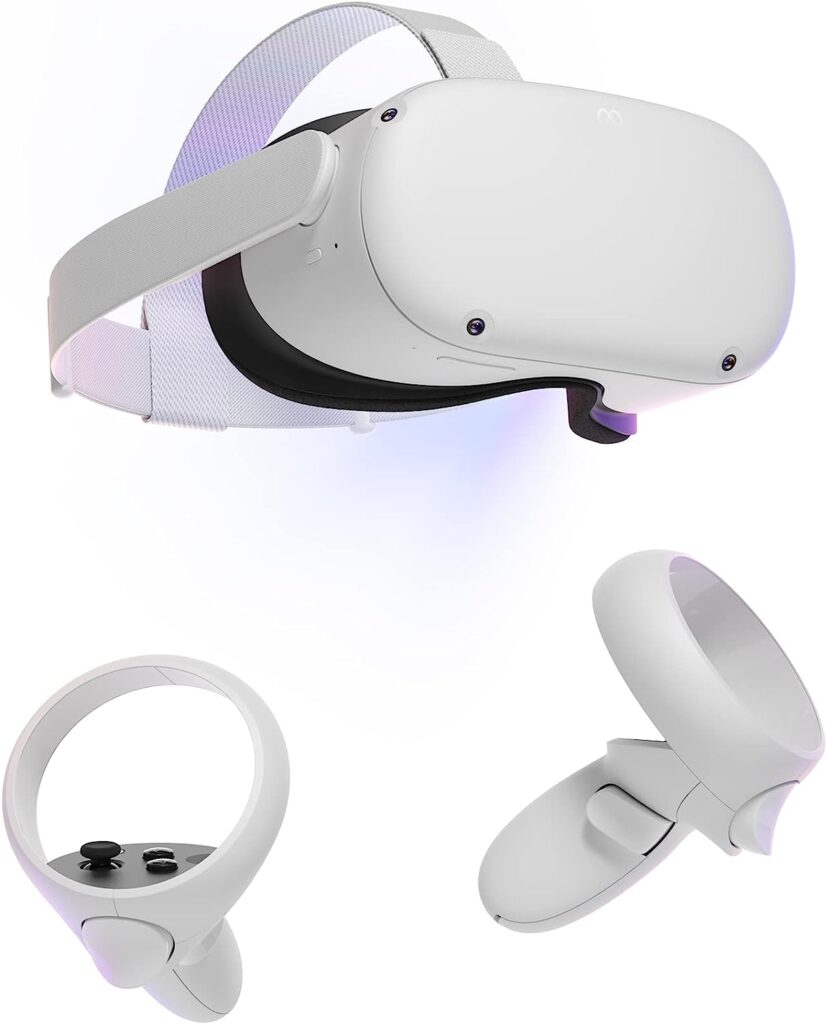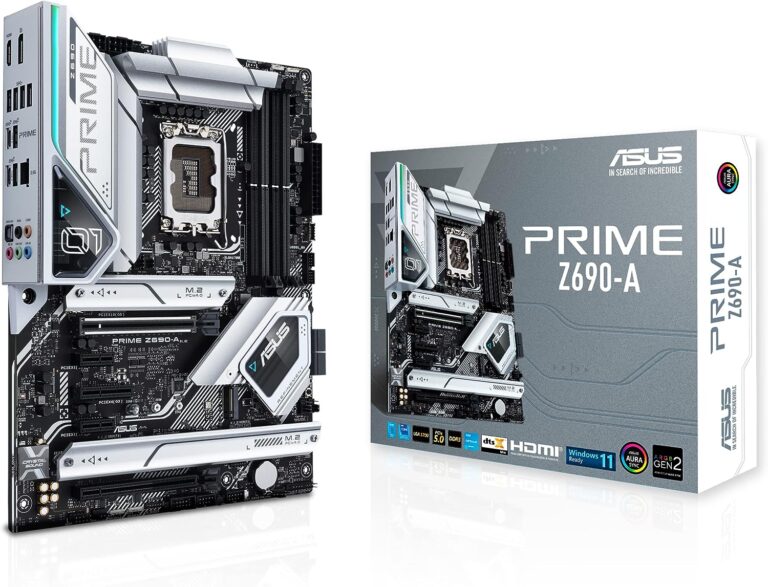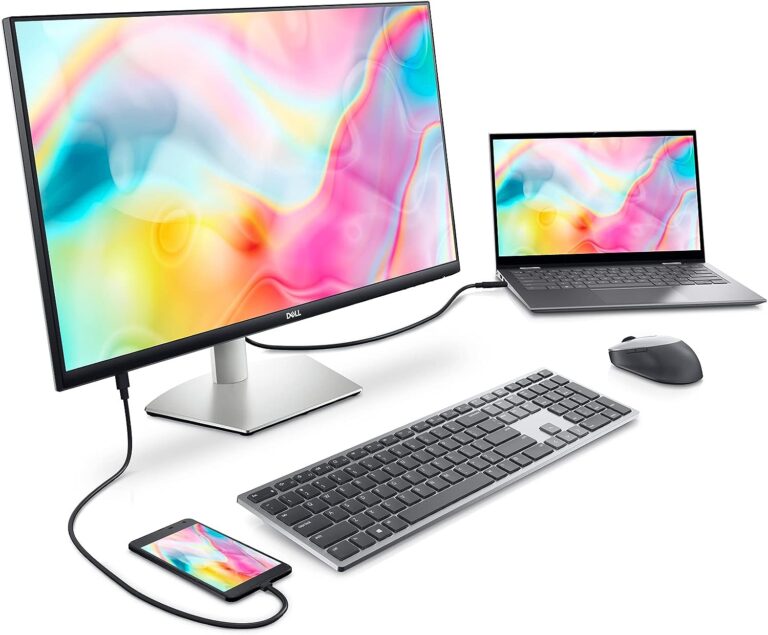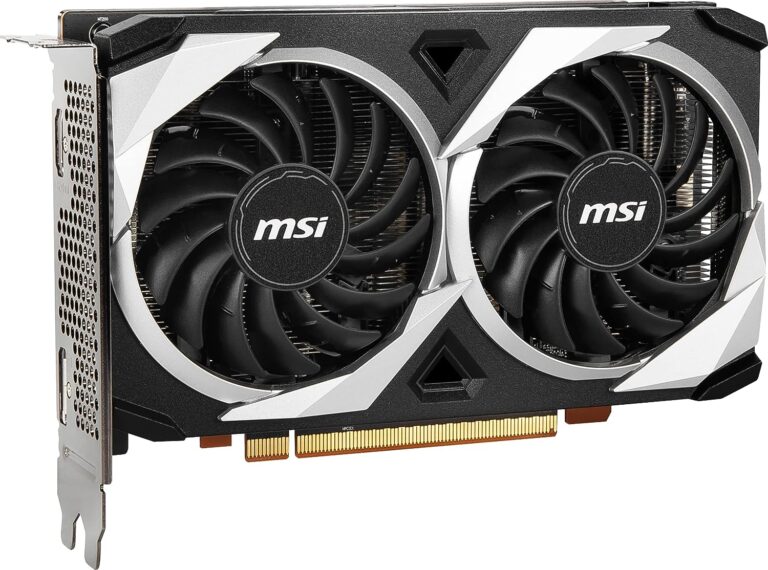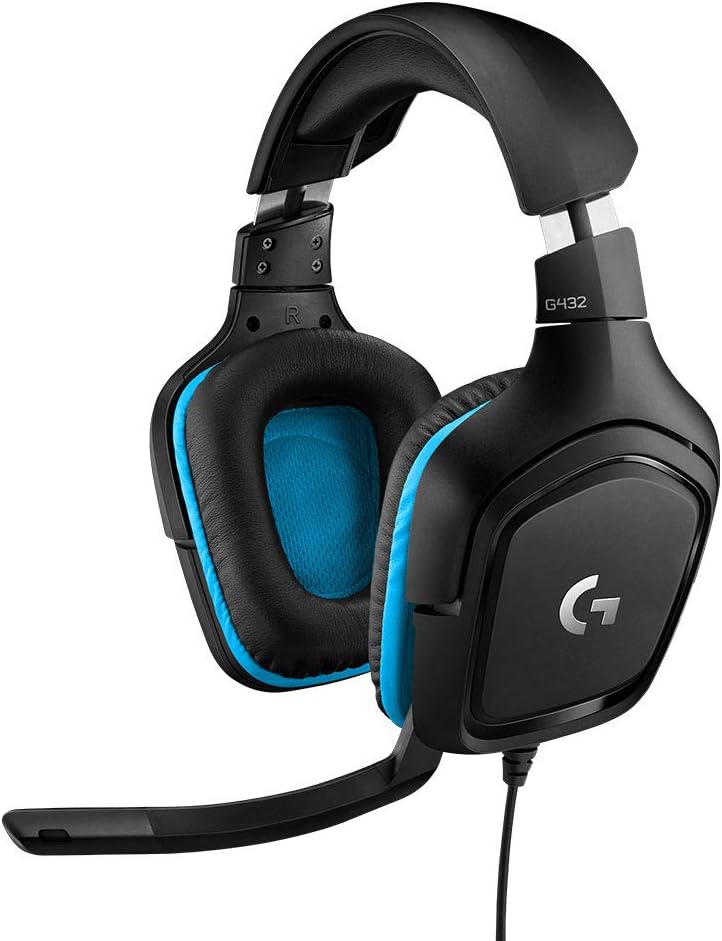Introduction
In the landscape of digital innovation, Virtual Reality (VR) and Augmented Reality (AR) have emerged as frontrunners in transforming our interaction with the world and digital information. These technologies serve as bridges, melding reality with digital augmentation to create immersive and interactive experiences. VR, known for creating entirely simulated environments, plunges users into a new world, offering a refuge or a playground limited only by imagination. On the flip side, AR overlays digital information onto the real world, enhancing our perception and interaction with our surroundings. From gaming and entertainment to education, healthcare, and enterprise solutions, VR and AR are carving out significant roles, heralding a new era of interactive technology.

The purpose of this article is to navigate through the evolving realm of VR and AR by comparing the top-notch headsets available in 2023. As these technologies mature and proliferate, a myriad of headsets have sprouted in the market, each with its unique offerings and capabilities. Whether you are a developer aiming to create the next hit AR application, a gamer seeking the most immersive VR experience, or an educator looking to leverage these technologies for enhanced learning, choosing the right headset can significantly impact your venture into virtual or augmented reality.
In our quest to furnish you with a clear compass in this dynamic market, we have zeroed in on several key criteria for comparison. These encompass technical specifications such as resolution, field of view, and tracking capabilities which dictate the quality and immersion of the experience. Moreover, we delve into user experience aspects including comfort, ease of use, and application support which are crucial for daily use. Additionally, we explore the pricing, availability, and the community and support ecosystem surrounding each headset. This holistic approach aims to provide a well-rounded view, aiding you in making an informed decision tailored to your needs and aspirations.
As we delve into the comparison of 2023’s best VR and AR headsets, we invite you on a journey of discovery to explore the capabilities, innovations, and the potential these headsets hold in unlocking new dimensions of interaction and experience. Through a meticulous examination and juxtaposition, this article aims to be your guiding beacon in the bustling market of VR and AR headsets, propelling you towards making a choice that resonates with your goals and the experiences you seek to engender.

Market Overview
The realm of VR and AR headsets is on a significant upswing, anticipated to soar with global shipments touching 30.3 million units by 2027. This surge is propelled by the escalating enthusiasm for immersive gaming, burgeoning demand in the enterprise domain, coupled with the softening prices of VR and AR headsets.
The vanguard in this sector includes Meta, Sony, HTC, Valve, and Pico, continually ushering in innovative strides. For instance, Meta unveiled the Quest Pro, endowed with superior eye and hand tracking, while Sony is speculated to be crafting a new VR headset for PlayStation 5.
In 2023, noteworthy advancements have manifested:
- Elevated resolution displays: Furnishing a more captivating, lifelike user encounter.
- Broadened field of view: Enabling an enriched perception of the virtual or augmented environment.
- Refined tracking: Augmenting responsiveness and precision.
- Standalone headsets: Like Meta Quest 2 (and the upcoming Quest 3), eliminating the need for a PC or console.
- Mixed reality headsets: Merging the realms of VR and AR, heralding a new wave of immersive technology.
These innovations are catalyzing a wider consumer and business appeal, setting the stage for a sustained market growth trajectory in the ensuing years.
Product Selection
Within this segment, we present the VR and AR headsets chosen for examination. The selection hinges on numerous factors such as popularity, functionalities, pricing, and user acclaim.
VR Headsets:
- Meta Quest 2: The Meta Quest 2 reigns supreme in popularity, offering a standalone experience devoid of PC or console reliance, showcasing a high-definition display, extensive field of vision, and a snug fit.
- PlayStation VR 2: A novel entrant designed for PlayStation 5, encapsulating high-definition visuals, broad viewing angles, and tactile feedback within the headset and controllers.
- HTC Vive Pro 2: Tailored for PC users, this premium headset flaunts a high-definition display, expansive view, and refined tracking mechanisms.
- Meta Quest 3: A new VR headset that is expected to be released in the backend of 2023. It is rumored to feature a number of improvements over the Meta Quest 2, including a higher resolution display, wider field of view, and improved tracking capabilities.
AR Headsets:
- Microsoft HoloLens 2: A premium AR choice for enterprise users, with high-definition display, wide viewing scope, and hand tracking prowess.
- Magic Leap 2: Another enterprise-focused AR headset, boasting high-definition imagery, broad viewing angles, and eye-tracking functionality.
- Nreal Air: A lightweight, budget-friendly option for consumers, offering high-definition visuals and compatibility with a myriad of smartphones.
This collection reflects the market’s cream of the crop in VR and AR realms, spanning a spectrum of features and price brackets appealing to a diverse consumer and enterprise base.
The Meta Quest 2 stands as an ideal pick for VR newcomers due to its affordability and user-friendliness, while the PlayStation VR 2 caters to gamers seeking a VR adventure optimized for PlayStation 5. The HTC Vive Pro 2 resonates with PC users yearning for a top-tier VR escapade.
On the AR front, the Microsoft HoloLens 2 and Magic Leap 2 serve enterprise needs with advanced functionalities. Nreal Air, on the other hand, is tailored for consumers desiring an affordable, lightweight AR headset.
Your budget and needs are diverse, but rest assured, there’s a VR or AR headset finely tuned to meet your expectations.
Technical Specifications Comparison
| Headset | Resolution | Field of View | Tracking Capabilities | Connectivity | Battery Life |
|---|---|---|---|---|---|
| Meta Quest 2 | 1832 x 1920 pixels per eye | 96 degrees | Inside-out tracking with 4 cameras | Wi-Fi 6, Bluetooth 5.2 | Up to 2.5 hours |
| PlayStation VR 2 | 2000 x 2040 pixels per eye | 110 degrees | Inside-out tracking with 4 cameras | USB-C | N/A |
| HTC Vive Pro 2 | 2448 x 2448 pixels per eye | 120 degrees | Outside-out tracking with 2 base stations | DisplayPort 1.2, mini-DisplayPort 1.2, HDMI 2.0, USB 3.0 | N/A |
| Microsoft HoloLens 2 | 2560 x 1440 pixels per eye | 52 degrees | Inside-out tracking with 5 cameras and 2 depth sensors | USB-C, Wi-Fi 6, Bluetooth 5.0 | Up to 3 hours |
| Magic Leap 2 | 2600 x 1512 pixels per eye | 70 degrees | Inside-out tracking with 6 cameras | USB-C, Wi-Fi 6, Bluetooth 5.0 | Up to 3 hours |
| Nreal Air | 3840 x 1920 pixels (combined) | 52 degrees | Inside-out tracking with 3 cameras | USB-C, DisplayPort 1.2 | N/A |
Analysis
The HTC Vive Pro 2 has the highest resolution and field of view of all the headsets listed, but it also requires a PC to operate and is the most expensive headset on the list.
The Meta Quest 2 and PlayStation VR 2 are both standalone headsets that offer high resolution and field of view at a more affordable price. The PlayStation VR 2 has a slightly higher resolution and field of view than the Meta Quest 2, but it is only compatible with the PlayStation 5.
The Microsoft HoloLens 2 and Magic Leap 2 are AR headsets that offer a more immersive experience than VR headsets, but they are also more expensive and less powerful. The Microsoft HoloLens 2 has a slightly higher resolution and field of view than the Magic Leap 2, but it is also bulkier and less comfortable to wear.
The Nreal Air is a lightweight and affordable AR headset that is designed for consumers. It has a lower resolution and field of view than the Microsoft HoloLens 2 and Magic Leap 2, but it is also much more affordable and portable.
Overall, the best VR headset for you will depend on your budget, needs, and preferences. If you are looking for the best possible VR experience and have a PC to power it, then the HTC Vive Pro 2 is the best option. If you are looking for a more affordable and standalone VR headset, then the Meta Quest 2 or PlayStation VR 2 are good options. If you are interested in AR, then the Microsoft HoloLens 2, Magic Leap 2, or Nreal Air are all good options.
User Experience and Performance
Comfort and Fit
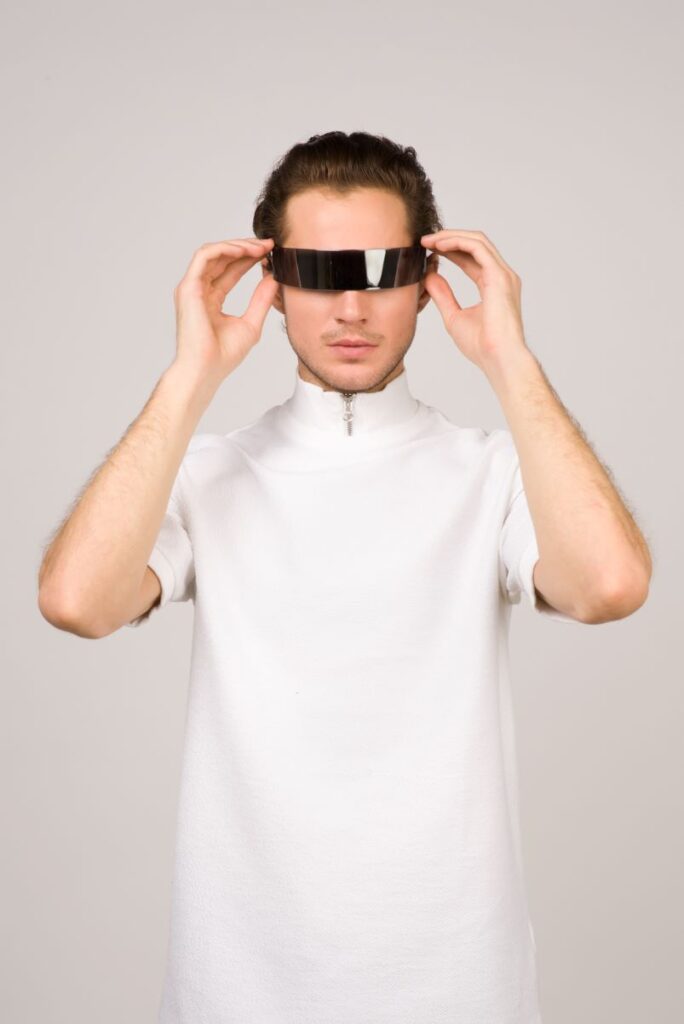
- Meta Quest 2: Known for its lightweight and adjustable head strap; additional cushioning accessories available.
- PlayStation VR 2: Similar to Meta Quest 2 in design, but with a slightly more ergonomic fit.
- HTC Vive Pro 2: Heavier than the Meta Quest 2 and PlayStation VR 2, but premium materials offer a snug fit; extra face cushions available.
- Microsoft HoloLens 2: Heavier design, but comfort enhanced with additional head strap adjustments for enterprise users.
- Magic Leap 2: More comfortable than the HoloLens 2, with adjustable straps. However, some users find it tricky to get a perfect fit.
- Nreal Air: Highly comfortable and lightweight, fits over most glasses; ideal for extended wear.
Immersion Quality
- Meta Quest 2: Offers an immersive experience with a resolution of 1832 x 1920 pixels per eye and a field of view of 96 degrees.
- PlayStation VR 2: Higher resolution (2000 x 2040 pixels per eye) and field of view (110 degrees) compared to Meta Quest 2; better tracking capabilities.
- HTC Vive Pro 2: Highest resolution (2448 x 2448 pixels per eye) and field of view (120 degrees) among listed VR headsets; superior tracking.
- Microsoft HoloLens 2: Good immersion, but lower resolution (2560 x 1440 pixels per eye) compared to Magic Leap 2.
- Magic Leap 2: Superior AR immersion due to higher resolution (2600 x 1512 pixels per eye) and advanced tracking.
- Nreal Air: Fair immersion for an AR headset, with a lower resolution (3840 x 1920 pixels combined) but satisfactory for many AR applications.
Interface and Ease of Use
- Meta Quest 2: Powered by Oculus OS, with easy navigation and a vast library of VR content.
- PlayStation VR 2: Powered by PlayStation OS, with an intuitive interface and rich gaming content.
- HTC Vive Pro 2: Uses SteamVR OS for PC-based VR enthusiasts, with a large range of VR content available.
- Microsoft HoloLens 2: Enterprise-focused interface with a steeper learning curve, but well-supported for business applications.
- Magic Leap 2: User-friendly interface with a good balance of features for enterprise users.
- Nreal Air: Simplified interface, compatible with various smartphones, and easy for the average consumer to navigate.
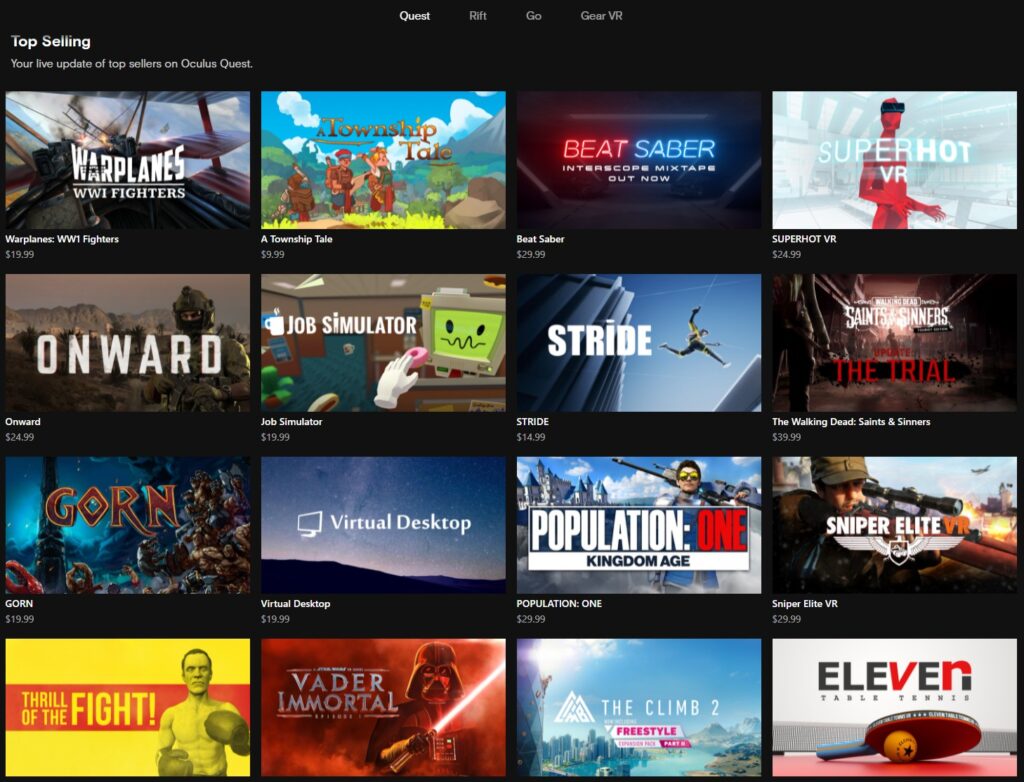
Application/Library Assortment
Meta Quest 2 reigns with the broadest VR games and apps spectrum, thanks to its market popularity. It boasts an array of options like:
- Top-notch games: Beat Saber, Resident Evil 4 VR, Superhot VR
- Learning tools: Wander, National Geographic Explore VR
- Social platforms: VRChat, Rec Room
- Work-centric apps: Immersed, Workrooms
PlayStation VR 2 follows suit with a diverse but growing VR library including:
- Renowned games: Horizon Call of the Mountain, Gran Turismo 7 VR
- Educational assets: BBC Earth VR, Jurassic World VR
- Social spaces: PlayStation Home, AltspaceVR
- Work tools: MeetinVR, Immerse
HTC Vive Pro 2: Tapping into the extensive SteamVR library, HTC Vive Pro 2 presents a plethora of VR games and apps, though some exclusive titles from Meta Quest 2 or PlayStation VR 2 may elude its grasp.
Microsoft HoloLens 2: Though trailing Magic Leap 2 in AR library size, it’s augmenting with apps like:
- Work aids: Dynamics 365 Remote Assist, HoloLens 2 Guides
- Learning modules: Anatomy Explorer, Moon Explorer
- Entertainment: HoloLens 2 Circus, HoloTour
- Social platforms: AltspaceVR, MeetinVR
Magic Leap 2: Leading in AR content with:
- Work tools: Magic Leap 2 Guides, Spatial
- Learning resources: Immerse, Magic Leap 2 World
- Fun apps: Magic Leap 2 Blocks, Magic Leap 2 World
- Social realms: AltspaceVR, MeetinVR
Nreal Air: Emerging AR library includes:
- Productivity: Immerse, Neoreality
- Learning: Discovery+ VR, Khan Academy Kids
- Entertainment: Nebula, Spatial
- Social spaces: AltspaceVR, MeetinVR
Meta Quest 2 stands tall for VR, and Magic Leap 2 for AR. Your preference between VR or AR, and the corresponding extensive library, will guide your choice between Meta Quest 2 and Magic Leap 2.
Use Cases and Applications
Here are various use cases and applications for each headset in different fields:
Gaming
- Meta Quest 2: Popular VR games include Beat Saber, Resident Evil 4 VR, and Superhot VR.
- PlayStation VR 2: Popular VR games include Horizon Call of the Mountain and Gran Turismo 7 VR.
- HTC Vive Pro 2: Popular VR games include Half-Life: Alyx and The Elder Scrolls V: Skyrim VR.
Education

- Meta Quest 2: Educational applications include Wander and National Geographic Explore VR.
- PlayStation VR 2: Educational applications include BBC Earth VR and Jurassic World VR.
- Microsoft HoloLens 2: Educational applications include Anatomy Explorer and Moon Explorer.
- Magic Leap 2: Educational applications include Immerse and Magic Leap 2 World.
- Nreal Air: Educational applications include Discovery+ VR and Khan Academy Kids.
Healthcare
- Meta Quest 2: Healthcare applications include Immersive Rehab and Pain Squad.
- PlayStation VR 2: Healthcare applications include Surgical Theater and Virtual Suturing.
- Microsoft HoloLens 2: Healthcare applications include Dynamics 365 Remote Assist and HoloLens 2 Guides.
- Magic Leap 2: Healthcare applications include Magic Leap 2 Guides and Spatial.
- Nreal Air: Healthcare applications include Immerse and Neoreality.
Enterprise
- Meta Quest 2: Enterprise applications include Immersed and Workrooms.
- PlayStation VR 2: Enterprise applications include MeetinVR and Immerse.
- Microsoft HoloLens 2: Enterprise applications include Dynamics 365 Remote Assist and HoloLens 2 Guides.
- Magic Leap 2: Enterprise applications include Magic Leap 2 Guides and Spatial.
- Nreal Air: Enterprise applications include Immerse and Neoreality.
In addition to the specific applications listed above, all of the headsets listed in this article can be used for a variety of other purposes, such as:
- Socializing: VR and AR headsets can be used to connect with friends and family members from all over the world. Popular social VR and AR applications include VRChat, Rec Room, and AltspaceVR.
- Productivity: VR and AR headsets can be used to increase productivity in a variety of industries. For example, VR headsets can be used for remote training and collaboration, while AR headsets can be used for hands-free tasks such as assembly and maintenance.
- Entertainment: VR and AR headsets can be used to enjoy a variety of entertainment experiences, such as watching movies and TV shows, playing video games, and attending virtual concerts and events.
Overall, VR and AR headsets offer a wide range of potential use cases and applications in a variety of fields. As the technology continues to develop, we can expect to see even more innovative and groundbreaking applications for VR and AR in the future.
Please note that this is just a small sample of the many potential use cases and applications for VR and AR headsets. There are new and innovative applications being developed all the time, so it is exciting to see what the future holds for this technology.
Pricing and Availability
| Headset | Price (GBP) | Availability |
|---|---|---|
| Meta Quest 2 | 399 | In stock |
| PlayStation VR 2 | 549 | Available for pre-order, shipping in November 2023 |
| HTC Vive Pro 2 | 799 | In stock |
| Microsoft HoloLens 2 | 3300 | In stock |
| Magic Leap 2 | 3299 | In stock |
| Nreal Air | 499 | In stock |
Value Assessment
The value of a headset intertwines with your budget, needs, and the benefits it offers. Here’s a succinct value analysis of each headset:
- Meta Quest 2: Cost-effective with a good features-performance balance, boasting a large VR content library.
- PlayStation VR 2: Priced higher, offering an enhanced VR experience, ergonomic design, and a rich VR game library.
- HTC Vive Pro 2: Premium-priced, delivering top-notch VR experience with the highest resolution, wide field of view, superior tracking, and a large VR game library.
- Microsoft HoloLens 2: Priciest in AR, offering exceptional AR experience, a large AR app library, and robust tracking capabilities.
- Magic Leap 2: Slightly less expensive, comparable AR experience to HoloLens 2, user-friendly interface.
- Nreal Air: Most affordable in AR, good AR experience, high-resolution display, and lightweight design making it portable.
Your ideal pick depends on personal preferences and budget. For a premium experience, HTC Vive Pro 2 and Microsoft HoloLens 2 stand out. On a budget, Meta Quest 2 and Nreal Air are commendable choices.
Community and Support
All of the headsets listed in this article have a supportive community of users and developers. There are online forums, social media groups, and Discord servers where users can ask questions, share tips and tricks, and discuss new VR and AR experiences.
In terms of customer service, Meta Quest 2 and PlayStation VR 2 offer the best support. Both headsets have dedicated customer support websites and phone numbers. HTC Vive Pro 2 and Microsoft HoloLens 2 also offer good customer support, but it is not as comprehensive as the support offered by Meta and Sony. Magic Leap 2 and Nreal Air offer more limited customer support, but there are still a number of resources available to users, such as online knowledge bases and community forums.
All of the headsets listed in this article have active developer communities. There are SDKs, tools, and resources available to developers to help them create VR and AR experiences for each headset.
Pros and Cons
Here is a summary of the pros and cons of each headset:
| Headset | Pros | Cons |
|---|---|---|
| Meta Quest 2 | Affordable, easy to use, large library of VR games and applications | Lower resolution and field of view than some other headsets, not as comfortable for extended wear |
| PlayStation VR 2 | High resolution and field of view, good tracking capabilities, rich library of VR games | More expensive than Meta Quest 2, requires a PlayStation 5 console |
| HTC Vive Pro 2 | Highest resolution and field of view of any VR headset, superior tracking capabilities | Most expensive VR headset, heavy and bulky |
| Microsoft HoloLens 2 | Best AR experience on the market, high resolution and field of view, good tracking capabilities | Most expensive AR headset, heavy and bulky, enterprise-focused |
| Magic Leap 2 | More comfortable than HoloLens 2, user-friendly interface, large library of AR applications | Lower resolution than HoloLens 2, more limited customer support |
| Nreal Air | Affordable, lightweight and portable, easy to use | Lower resolution than other AR headsets, more limited customer support |
Conclusion
VR and AR headsets offer a wide range of potential use cases and applications in a variety of fields. When choosing a VR or AR headset, it is important to consider your budget, needs, and preferences.
If you are looking for the best possible VR or AR experience, then the HTC Vive Pro 2 or Microsoft HoloLens 2 are the best options. However, if you are on a budget, then the Meta Quest 2 or Nreal Air are good options.
Personal Recommendation
My personal recommendation for the best VR headset having owned one for the past year is the Meta Quest 2. It offers a good balance of features and performance at an affordable price. It also has a large library of VR games and applications. The quest 3 is also another option but at the time of writing is yet to be released but is expected to improve on the quest 2s already impressive features.
Ultimately, the best VR or AR headset for you will depend on your individual needs and budget.
If you found this article interesting check out our opinion piece on VR and Augmented reality

